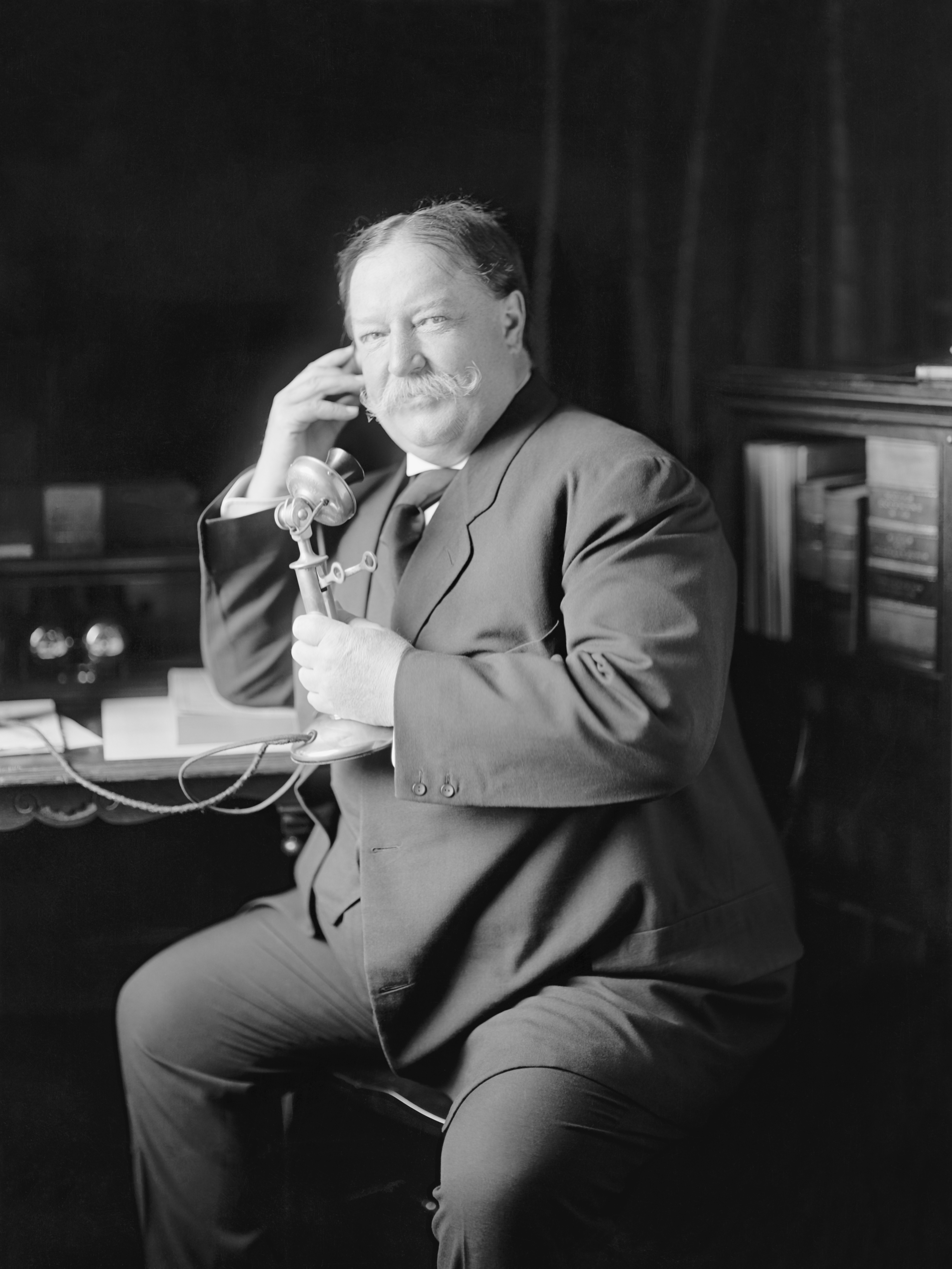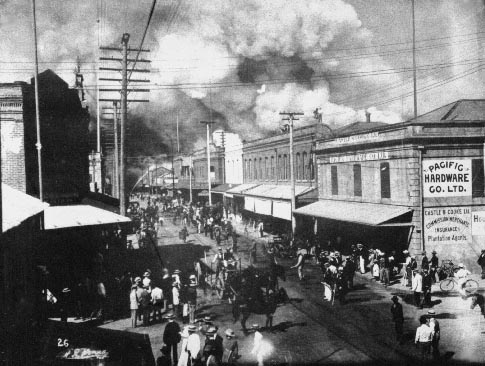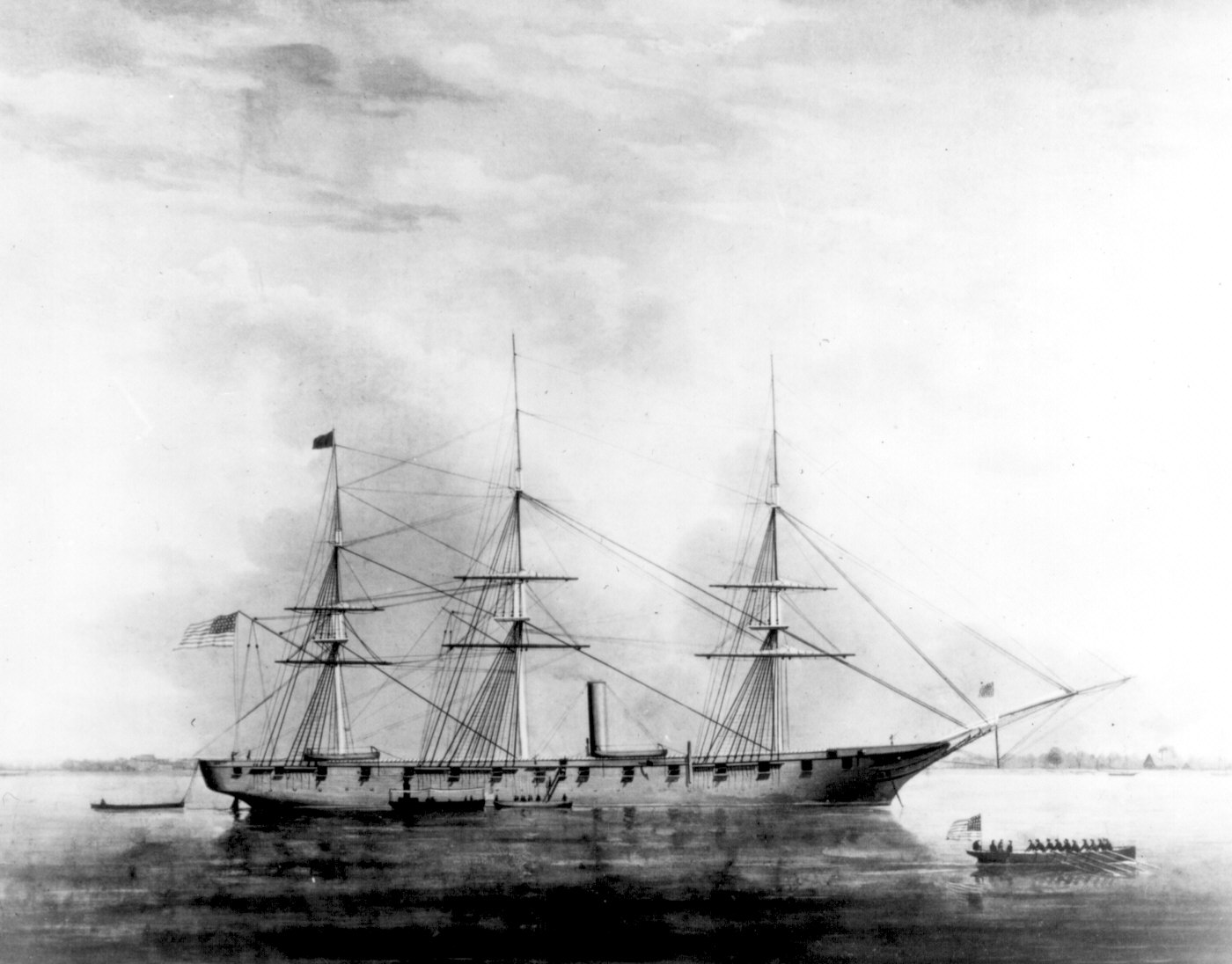|
Taiwan–United States Relations
After the United States established diplomatic relations with the China, People's Republic of China (PRC) in 1979 and recognized Beijing as the only legal government of China, Taiwan–United States relations became unofficial and informal following terms of the Taiwan Relations Act, which allows the United States to have relations with the Taiwanese people and their government, whose name is not specified. U.S.–Taiwan relations were further informally grounded in the Six Assurances in response to the Three Communiqués#3rd, third communiqué on the establishment of China–United States relations, US–PRC relations. The Taiwan Travel Act, passed by the U.S. Congress on March 16, 2018, allows high-level U.S. officials to visit Taiwan and vice versa. Both sides have since signed a consular agreement formalizing their existent consular relations on September 13, 2019. The US government removed self-imposed restrictions on executive branch contacts with Taiwan on January 9, 202 ... [...More Info...] [...Related Items...] OR: [Wikipedia] [Google] [Baidu] |
Taiwan
Taiwan, officially the Republic of China (ROC), is a country in East Asia. The main geography of Taiwan, island of Taiwan, also known as ''Formosa'', lies between the East China Sea, East and South China Seas in the northwestern Pacific Ocean, with the China, People's Republic of China (PRC) to the northwest, Japan to the northeast, and the Philippines to the south. It has an area of , with mountain ranges dominating the eastern two-thirds and plains in the western third, where its Urbanization by country, highly urbanized population is concentrated. The combined Free area of the Republic of China, territories under ROC control consist of list of islands of Taiwan, 168 islands in total covering . The Taipei–Keelung metropolitan area, largest metropolitan area is formed by Taipei (the capital), New Taipei City, and Keelung. With around 23.9 million inhabitants, Taiwan is among the List of countries and dependencies by population density, most densely populated countries. Tai ... [...More Info...] [...Related Items...] OR: [Wikipedia] [Google] [Baidu] |
Treaty Of Wanghia
The Treaty of Wanghia (also known as the Treaty of Wangxia; Treaty of peace, amity, and commerce, between the United States of America and the Chinese Empire; () was the first of the unequal treaties imposed by the United States on the Qing dynasty. By the terms of the diplomatic agreement, the United States received the same privileges with China that Great Britain had achieved under the Treaty of Nanking in 1842. The United States received additional privileges as well, including the right to cabotage on preferential terms and the expansion of extraterritoriality. Imperial China's Qing dynasty signed the treaty with the United States on July 3, 1844, in the Kun Iam Temple. The treaty was subsequently passed by the US Congress and ratified by President John Tyler on January 17, 1845. The Treaty of Wanghia was formally in effect until the signing of the 1943 Sino-American Treaty for the Relinquishment of Extraterritorial Rights in China. Name The treaty was named after a vil ... [...More Info...] [...Related Items...] OR: [Wikipedia] [Google] [Baidu] |
Beiyang Government
The Beiyang government was the internationally recognized government of the Republic of China (1912–1949), Republic of China between 1912 and 1928, based in Beijing. It was dominated by the generals of the Beiyang Army, giving it its name. Beiyang general Yuan Shikai gave Sun Yat-sen the military support he needed to overthrow the Qing dynasty and establish the Republic of China in 1912, following the 1911 Revolution. Through his control of the army, Yuan was quickly able to dominate the new Republic. Although the government and the state were nominally under civilian control through the Republic's constitution, Yuan and his generals were effectively in charge of it. After Yuan's death in 1916, the army split into various warlord factions competing for power, leading to a period of civil war called the Warlord Era. Nevertheless, the government maintained its legitimacy among the great powers, receiving diplomatic recognition, foreign loans, and access to tax and customs revenu ... [...More Info...] [...Related Items...] OR: [Wikipedia] [Google] [Baidu] |
Presidency Of William Howard Taft
William Howard Taft was the 27th president of the United States from March 4, 1909, to March 4, 1913. Taft, a History of the Republican Party (United States), Republican from Ohio, and the chosen successor of President Theodore Roosevelt, took office after defeating History of the Democratic Party (United States), Democrat William Jennings Bryan in the 1908 United States presidential election, 1908 presidential election. His presidency ended with his landslide defeat in the 1912 United States presidential election, 1912 election by Democrat Woodrow Wilson, after one term in office. Taft sought to lower tariffs—a tax on imports—then a major source of governmental income. However he was out-maneuvered. The new Payne–Aldrich Tariff Act of 1909 raised rates when most people expected reductions. Taft expanded Roosevelt's efforts to break up Trust (business), trusts, launching legal cases against U.S. Steel and other very large companies. Taft made six appointments to the United ... [...More Info...] [...Related Items...] OR: [Wikipedia] [Google] [Baidu] |
Qing Dynasty
The Qing dynasty ( ), officially the Great Qing, was a Manchu-led Dynasties of China, imperial dynasty of China and an early modern empire in East Asia. The last imperial dynasty in Chinese history, the Qing dynasty was preceded by the Ming dynasty and succeeded by the Republic of China (1912–1949), Republic of China. At its height of power, the empire stretched from the Sea of Japan in the east to the Pamir Mountains in the west, and from the Mongolian Plateau in the north to the South China Sea in the south. Originally emerging from the Later Jin (1616–1636), Later Jin dynasty founded in 1616 and proclaimed in Shenyang in 1636, the dynasty seized control of the Ming capital Beijing and North China in 1644, traditionally considered the start of the dynasty's rule. The dynasty lasted until the Xinhai Revolution of October 1911 led to the abdication of the last emperor in February 1912. The multi-ethnic Qing dynasty Legacy of the Qing dynasty, assembled the territoria ... [...More Info...] [...Related Items...] OR: [Wikipedia] [Google] [Baidu] |
Xinhai Revolution
The 1911 Revolution, also known as the Xinhai Revolution or Hsinhai Revolution, ended China's last imperial dynasty, the Qing dynasty, and led to the establishment of the Republic of China (ROC). The revolution was the culmination of a decade of agitation, revolts, and uprisings. Its success marked the collapse of the Chinese monarchy, the end of over two millennia of imperial rule in China and the 200-year reign of the Qing, and the beginning of China's early republican era. The Qing had struggled for a long time to reform the government and resist foreign aggression, but the program of reforms after 1900 was opposed by conservatives in the Qing court as too radical and by reformers as too slow. Several factions, including underground anti-Qing groups, revolutionaries in exile, reformers who wanted to save the monarchy by modernizing it, and activists across the country debated how or whether to overthrow the Qing dynasty. The flash-point came on 10 October 1911, with th ... [...More Info...] [...Related Items...] OR: [Wikipedia] [Google] [Baidu] |
Honolulu
Honolulu ( ; ) is the List of capitals in the United States, capital and most populous city of the U.S. state of Hawaii, located in the Pacific Ocean. It is the county seat of the Consolidated city-county, consolidated City and County of Honolulu County, Hawaii, Honolulu, situated along the southeast coast of the island of Oahu, Oʻahu, and is the westernmost and southernmost major U.S. city as well as westernmost and southernmost U.S. state capital. It is also a major hub for business, finance, hospitality, and military defense in both the state and Oceania. The city is characterized by a mix of various Asian culture, Asian, Western culture, Western, and Oceanian culture, Pacific cultures, reflected in its diverse demography, cuisine, and traditions. is Hawaiian language, Hawaiian for "sheltered harbor" or "calm port"; its old name, , roughly encompasses the area from Nuʻuanu Avenue to Alakea Street and from Hotel Street to Queen Street, which is the heart of the present dow ... [...More Info...] [...Related Items...] OR: [Wikipedia] [Google] [Baidu] |
Kuomintang
The Kuomintang (KMT) is a major political party in the Republic of China (Taiwan). It was the one party state, sole ruling party of the country Republic of China (1912-1949), during its rule from 1927 to 1949 in Mainland China until Retreat of the government of the Republic of China to Taiwan, its relocation to Taiwan, and in Taiwan Martial law in Taiwan, ruled under martial law until 1987. The KMT is a Centre-right politics, centre-right to Right-wing politics, right-wing party and the largest in the Pan-Blue Coalition, one of the two main political groups in Taiwan. Its primary rival is the Democratic Progressive Party (DPP), the largest party in the Pan-Green Coalition. As of 2025, the KMT is the largest single party in the Legislative Yuan and is chaired by Eric Chu. The party was founded by Sun Yat-sen in 1894 in Honolulu, Hawaii, as the Revive China Society. He reformed the party in 1919 in the Shanghai French Concession under its current name. From 1926 to 1928, the K ... [...More Info...] [...Related Items...] OR: [Wikipedia] [Google] [Baidu] |
Revive China Society
The Revive China Society (), also known as the Society for Regenerating China or the Proper China Society was founded by Sun Yat-sen on 24 November 1894 to forward the goal of establishing prosperity for China and as a platform for future 1911 Revolution, revolutionary activities, as well as the first major modern revolutionary group in Chinese history. It was formed during the First Sino-Japanese War, after a string of Chinese military defeats exposed corruption and incompetence within the imperial government of the Qing dynasty. The Revive China Society went through several political re-organizations in later years and eventually became the party known as the Kuomintang. As such, the contemporary Kuomintang considers its founding date to be the establishment of the Revive China Society. Development and Decline Because Sun was in exile from China at the time, the Revive China Society was founded in Honolulu, Republic of Hawaii. It was the first Chinese nationalism, Chines ... [...More Info...] [...Related Items...] OR: [Wikipedia] [Google] [Baidu] |
Overthrow Of The Hawaiian Kingdom
The Hawaiian Kingdom was overthrown in a ''coup d'état'' against Queen Liliʻuokalani that took place on January 17, 1893, on the island of Oahu. The coup was led by the Committee of Safety, composed of seven foreign residents (five Americans, one Scotsman, and one German) and six Hawaiian Kingdom subjects of American descent in Honolulu. The Committee prevailed upon American minister John L. Stevens to call in the US Marines to protect the national interest of the United States of America. The insurgents established the Republic of Hawaii, but their ultimate goal was the annexation of the islands to the United States, which occurred in 1898. The 1993 Apology Resolution by the US Congress concedes that "the overthrow of the Kingdom of Hawaii occurred with the active participation of agents and citizens of the United States and ..the Native Hawaiian people never directly relinquished to the United States their claims to their inherent sovereignty as a people over their na ... [...More Info...] [...Related Items...] OR: [Wikipedia] [Google] [Baidu] |
Formosa Expedition
The Formosa Expedition (), or the Taiwan Expedition of 1867, was a punitive expedition launched by the United States against the Paiwan, an indigenous Taiwanese tribe. The expedition was undertaken in retaliation for the ''Rover'' incident, in which the ''Rover'', an American bark, was wrecked and its crew killed by Paiwan warriors in March 1867. A United States Navy and Marine company landed in southern Taiwan and attempted to advance into the Paiwan village. The Paiwan responded with guerrilla warfare, repeatedly ambushing, skirmishing, disengaging and retreating. Eventually, the Marines' commander was killed and they retreated to their ship due to fatigue and heat exhaustion, and the Paiwan dispersed and retreated into the jungle. The action is regarded as an American failure. Background On 12 March 1867, the United States merchantman ''Rover'' was sailing off Cape Eluanbi, the southernmost point of Taiwan, when she wrecked on an uncharted reef and began drifting ... [...More Info...] [...Related Items...] OR: [Wikipedia] [Google] [Baidu] |
Taiwanese Aborigines
Taiwanese may refer to: * of or related to Taiwan **Culture of Taiwan **Geography of Taiwan ** Taiwanese cuisine *Languages of Taiwan ** Formosan languages ** Taiwanese Hokkien, also known as the Taiwanese language * Taiwanese people, residents of Taiwan or people of Taiwanese descent ** Taiwanese indigenous peoples, or Formosan peoples, formerly called Taiwanese aborigines ** Han Taiwanese, Taiwanese people of full or partial ethnic Han descent *** Hoklo Taiwanese, Taiwanese people of full or partial ethnic Hoklo descent See also * * Formosan (other), Formosan * Taiwanese language (other) * Republic of China (other) {{disambiguation Language and nationality disambiguation pages ... [...More Info...] [...Related Items...] OR: [Wikipedia] [Google] [Baidu] |







